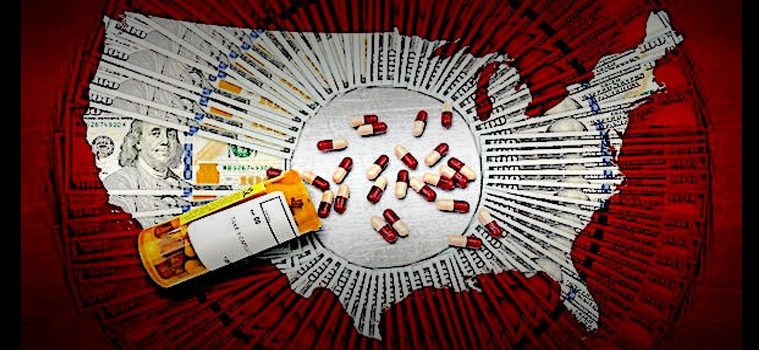THE BEST INTENTIONS…? –
May 28, 2021 – And they did succeed in significantly shrinking the medical supply: since 2011, opioid prescribing has been cut by more than 60 percent.
Unfortunately, however, as medical use declined, the total number of overdose deaths more than doubled between 2011 and 2020. Indeed, even before the pandemic, more overdose deaths had occurred since prescribing began to fall than took place while medical opioid use was soaring. The fact that cutting the medical supply could potentially make matters worse didn’t seem to factor in to the calculations of those who supported this approach. But this outcome was, in fact, completely predictable — so much so that the phenomenon has an academic name, “the iron law of prohibition.”
Coined by activist Richard Cowan in 1986, the phrase refers to the effects of reducing drug supplies while not acting significantly to manage demand. Almost always, it results in the rise of a more harmful drug because of a simple physical fact: hiding smaller things is easier than hiding bigger ones. So, because illegal drugs need to be concealed, prohibition favors more potent and therefore more potentially deadly substances.
This was seen even during alcohol prohibition, when hard liquor was preferred for sale over lower-alcohol wine and beer. Whisky is roughly eight times more potent than beer—so, it’s much easier to stash. Hence, we refer to alcohol smugglers as bootleggers, because they could hide flasks in their boots—not, say, “barrel hiders.” During today’s overdose crisis, the iron law meant that when people with addiction lost access to pharmaceuticals like oxycodone (the active drug in OxyContin), they created a massive demand for street opioids. Historically, the most common of these has been heroin, but aided by the internet, dealers soon found a cheaper and more potent substitute: fentanyl and similar synthetics, which can be hundreds to thousands of times stronger.
It’s not clear what the thinking was here: did policy makers believe that simply taking away drugs cures addiction? Or pain? Regardless, drug dealers were far more nimble than the government, often trolling for customers outside the offices of shuttered pill mills.



